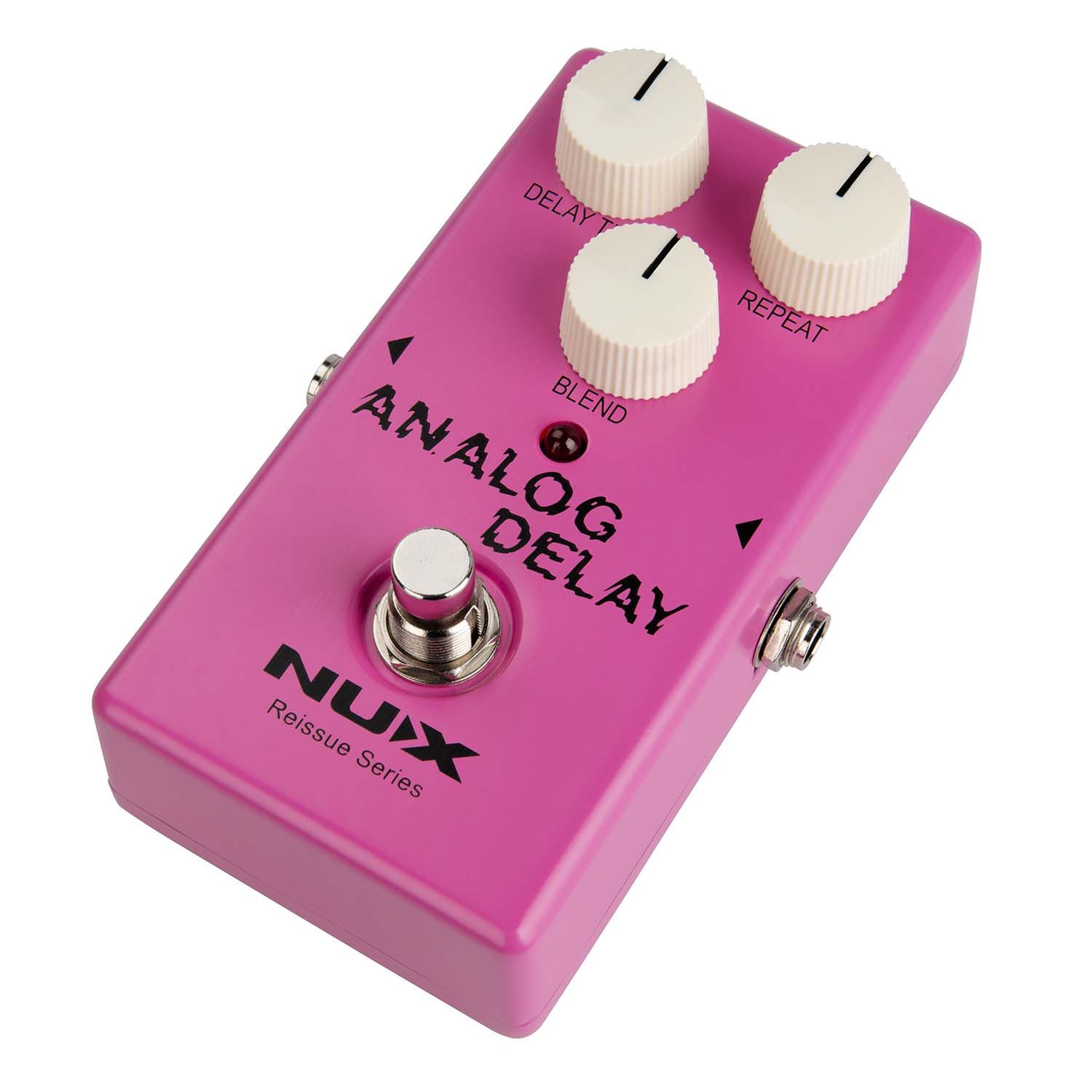
While many delay pedals include tape-like echo emulations, there's a whole sub-genre of delay specifically devoted to this recreating the tones of original tape-based machines. Start with the video above to see Reverb's Andy Martin demo a pedal from each category and talk more about what you should consider before picking up a delay of your own. In the guide below, we've broken delay pedals into five different categories, highlighting our favorite picks for each category. Today, the market for delay units is jam-packed with a surplus of excellent units, both analog and digital, that all boast their unique capabilities and feature sets. That period of time (Time) and the number of times it’s played back (Repeats) depends on the delay itself.Įarly analog delays worked by actually recording your guitar to magnetic tape within the units, but as technology evolved-first by replacing magnetic tape with a magnetic disk, then creating all-electronic bucket brigade effects, and finally multifunctional do-it-all digital delays-the units became smaller and more ubiquitous. Its very common for the tapped delays to be panned hard left and right - this effect is sometimes called Ping-Pong delay, as the delayed sound appears to bounce around the stereo field.Delay is a time-based effect that copies your incoming signal and plays it back one or multiple times after a period of time. On more basic pedals, the extra delay time is usually a simple division of the primary delay time.

Tapping the delay line is the term used for taking delay outputs from within the actual delay line, effectively giving the user delays on delays! For instance, a 4-tap delay would have 4 individual delay times. Some modern delay pedals have a Tap Tempo feature, which allows you to tap the footswitch in time with the music to achieve the delay setting you require, or even to sync with an incoming MIDI clock signal. The delay time can be set to any musical, or indeed non-musical value.

Many famous guitarists have used this to create whole pieces of music! This is a very addictive effect, commonly heard on guitar parts and synth patterns. Tempo Delaysīy adjusting the delay time of your unit, its possible to time the delays or repeats created to sync exactly with the piece of music that youre playing. With short delay times, this tends to sound like a very bad spring reverb, but with longer settings, the result is a much more ambient effect. As you turn the control up, youll hear more and more repeats. When set to zero, there will be only a single repeat. This controls the amount of the delayed signal that is fed back into the delay line. Most delay pedals have a ∟eedback control. Remember that this effect can also be used on other instruments, being particularly effective on guitars and snare drums. This is the type of effect heard on many records from the 50s, and much favoured by John Lennon on his own voice.


Slapback Delayīy adjusting your delay pedal to a slightly longer setting of 50 - 100ms, youll actually hear a distinct repeat of the audio signal, slightly later than the original. This is a similar, but simpler effect to chorusing, a more detailed explanation of which follows below. By using a delay pedal with a short delay time, usually around 20 - 40ms, its possible to simulate this effect. Its these differences that make the sound bigger and more pleasing to the ear. When two people play in unison, its unlikely that their performances will be absolutely identical in timbre, timing or tuning.


 0 kommentar(er)
0 kommentar(er)
